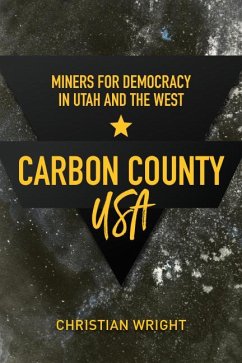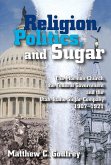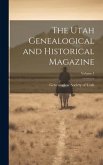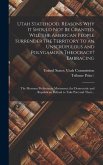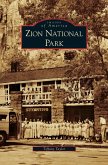"Whither the union movement? is a question of old enough relevance in the U.S. to now seem almost anachronistic. Although unions are by no means entirely gone or lacking in political power, they and their potency are certainly diminished. With growing concerns about the direction of national politics, increasing income and power inequities, and signs of a receding middle class and increasing social division into haves and have nots, one can hear murmurs of union revival, but polls continue to show that many Americans distrust unions or consider them irrelevant to a modern service economy. Christian Wright digests what happened to one important American union, the United Mine Workers of America, over a fifty-year period, with particular focus on the coal miners of Carbon and Emery counties in Utah. Derived from his much more limited in scope but award-winning master's thesis at Northern Arizona University, this book manuscript places that story in a broader context of changes in the union movement and the nation. It draws on a variety of primary sources, including original research in the UMWA archives at Penn State and multiple oral history collections"--Provided by publisher.
Bitte wählen Sie Ihr Anliegen aus.
Rechnungen
Retourenschein anfordern
Bestellstatus
Storno

